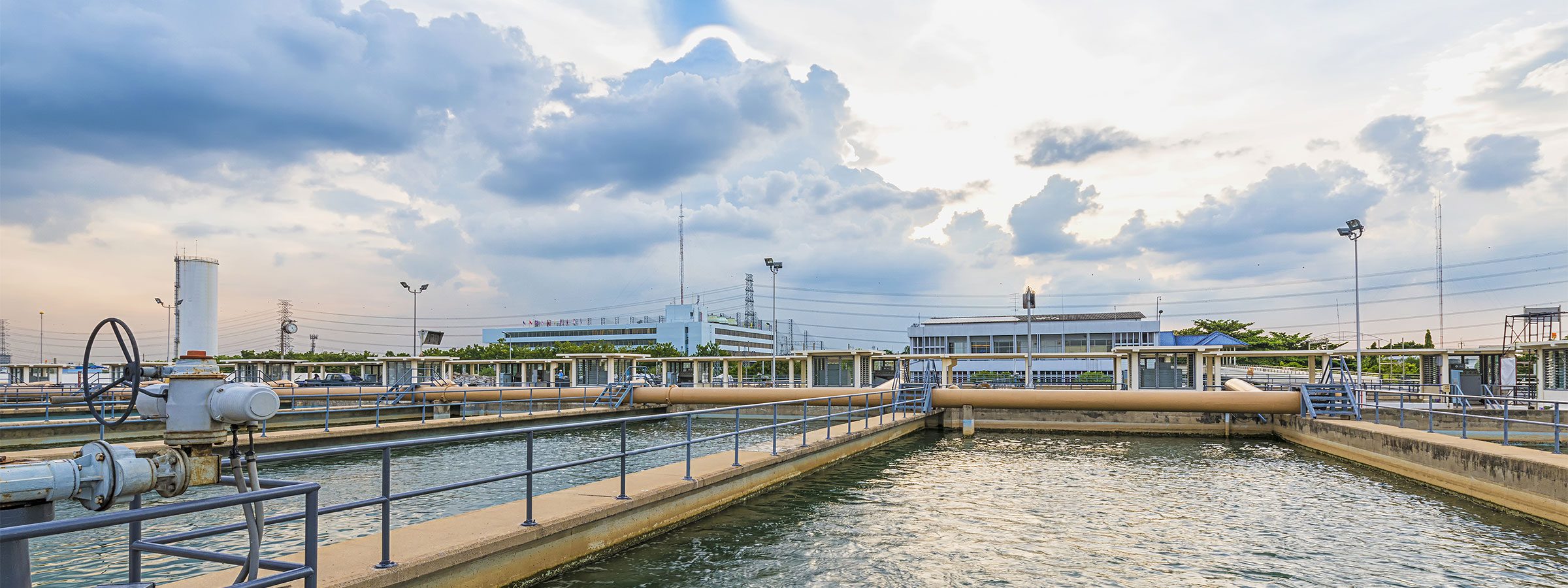Fresh sewage which enters a wet well contains oxygen in solution which has a strong smell but it is not ‘foul’. Once the sewage enters the rising main it is no longer in contact with air and the oxygen is quite rapidly consumed by bacteria. Once the oxygen is gone different species of bacteria develop. One particular species that grows in rising mains uses sulphate instead of oxygen and produces, as a bi-product, hydrogen sulphide.
What is hydrogen sulphide?
Hydrogen sulphide (H2S) is a colourless gas with a strong odor of rotten eggs. H2S is toxic, corrosive and flammable. It is an extremely dangerous chemical compound.
H2S corrodes metals such as copper, copper-based alloys, iron and stainless steel. This means, if it’s present in a wastewater system, it can damage the components of that system and cause problems to the wastewater treatment process.
How to avoid septicity in wastewater
Septicity in sewage and wastewater can damage the environment, create public health concerns and damage the systems it is contained or processed in. But, in most circumstances, total prevention of septicity would not be practical. Preventing the sulphide gas build up is the most effective way at managing septicity in wastewater, as it prevents the unpleasant odour and avoids the corrosion of metal tanks and pipes.
Anomex 64 and Anomex 76 are two products we have developed to help treat and manage septicity in wastewater. These are sodium and calcium nitrate solutions, respectively, which encourage the growth of other species of bacteria which use the nitrate and effectively prevent the development of the sulphate reducing species.









